-
Posts
119 -
Joined
-
Last visited
Content Type
Profiles
Forums
Gallery
Blogs
Downloads
Wiki
Posts posted by HerkPerfMan
-
-
On 3/9/2016 at 10:04 PM, The Ginger said:
Nothing cosmic. It's described in a -1-1 example. Say you were applying at 120 KCAS and releasing at 60. On chart 2/3, you would calc 120, then slide down to 60. Carry the difference forward rather than computing 120 and 60 through all 3 charts. I'm not sure I agree, given these charts are exponential.....but it lets me do things I want to do.
The only way to do multiple heavyweight landings is to avoid braking below 60 KCAS so you can subtract that energy. Therefore, reverse and stomp the hell out of the brakes 120-60, then try to reverse the rest. Brake temp sensors in brand new planes? Nope. Carbon brake charts? Nope. Heavyweight assaults per copilot per year? Eight.
Yep, I know that method for the brake energy and I can use it since it is in the -1-1. It qualifies as a "linear approximation" and was most likely developed to make it faster to run the charts by hand. I can actually try both methods and compare the results.
I agree that the brake management setup on the J is not modern by any definition of the word, but at least you have brake energy planning data and calculation methods on the J. The H-1-1 does not even mention brake energy limitations or cooling times and it has the same configuration.
-
18 hours ago, Clark Griswold said:
Yep, some old proposals that unfortunately never came to life, as a taxpayer, I'm all about funding science experiments to make cool new toys.
On the proposed turbofan Herc, the numbers above the rendering I posted were interesting, it looks like a 380 kts. TAS cruise speed with a 70 kt in the notional mid-mission weight, that is crazy low ref speed, not sure if you would ever need to land it on a postage stamp that would require that but it is impressive they could get a much better TAS for cruise coupled with that kind of STOL performance.
The wing is still straight with an even higher aspect ratio, so it wouldn't reach transonic cruise speeds. Instead, the designers opted for much improved low-speed capability with the augmented lift system. It's definitely an internally blown flap system (vs externally blown like the YC-15 or C-17) to drop the stall speed that much. Very effective system, but also complex. The next best thing is some big props moving massive amounts of air over the wings and flaps.
-
13 hours ago, Clark Griswold said:
Found this proposed variant here, seems like a grab bag of all thing Herc, real and imagined...
http://www.combatreform.org/c130.htm
The number and variety of C-130 mod proposals never ceases to amaze me. This a treasure trove of little-known proposals and a catalog of detailed engineering data on the Credible Sport and HTTB variants. All the engineering work was done on the double-slotted flaps, so why aren't they on the J?!
I particularly like the "air cushion landing system." Never seen that one before...certainly a different twist on an amphibious Herc.
-
On 3/5/2016 at 8:02 PM, Clark Griswold said:
Looks like a Harvest Hawk An-178, I could not find any example or more information on it but it would not surprise me if they offer to make those hardpoints plummed for AR pods and in one aircraft you can have air mobility, tanker, patrol & strike with what looks like an FMV sensor under the nose, SAR, etc.... jack of all trade, master of none but good enough if you're an air force on a budget. The high end of the price range the oracle of Google says is 70 million a copy, not sure if that includes all the options you would need for the missions I just thought up for one airplane but maybe...
No doubt Antonov is developing the An-178 as a "multi-mission platform" just like Embraer is doing with the KC-390. Just read today that the 2nd KC-390 is nearing first flight and they will be promoting it for the Canadian SAR competition.
-
Can Ukraine's Biggest Plane Maker Beat Lockheed Martin and the C-130?
For military use, no. But the An-178 could apply some price pressure to LM and add more competition for the LM-100J in the commercial market.
-
5 hours ago, Herk Driver said:
Unfortunately the wheel assembly does not dissipate the energy any faster so there are still issues in the Herk. Couple that with limited feedback that you now get in the -130 and you can have a recipe for problems.
For those with access, there is an AFSAS report (within the last year) that speaks to some of this.
Agreed - all that heat energy has to go somewhere with the wheel and tire as the closest options. Pop goes the fuseplugs. I got involved after the fact on the USAF carbon brake test and had many of the same questions about heat dissipation and performance effects that were met with shrugs. You'll also notice that the main landing gear doors are removed from the test aircraft - not the best configuration for assessing cooling profiles.
-
1 hour ago, ThreeHoler said:
The only significant difference between steel and CF brakes is brake fade as temperature increases. Steel brakes fade. CF brakes do not fade...though they do spontaneously combust at around 5000 C.
I got to see some neat destructive testing of aviation CF brakes at the BF Goodrich factory a few years back. More than 9 million ft-lbs of rotational energy stopped in a few seconds by a single brake stack. Pretty impressive.
Carbon dissipates energy more quickly too, so faster cooling times. UTAS (formerly Goodrich) claims 30% increase in energy absorption for the C-130 brakes, which puts them in the 30+ million ft-lb range.
-
If you can get your hands on the Lockheed Martin C-130H performance manual used by some foreign operators (SMP 777), it has air and ground cooling times. It's based on the H model, but the multi-disc steel brakes are identical between the H and J models.
I only know the difference method for calculating brake energy and cooling times, which is the basis of our quick-turn energy calculation. Could you PM me with the details on the "Lockheed method"?
In practice, do you apply brakes just after touchdown, then release at 60 KCAS? From an energy standpoint, it would be more beneficial to use reverse thrust just after touchdown and delay braking (assuming you don't need to achieve scheduled landing distances, of course).
We get source data directly from Lockheed, so if and when new TO charts are available for carbon brakes, we will incorporate them into preTOLD. Carbon brakes were always sold on MX and service life savings - stopping distances was assumed to be "equivalent or better" than steel brakes, but no performance testing was ever conducted to validate that assumption.
-
Thanks! I'm working on the procedure for a "Quick-Turn Brake Energy" calculation to include as a tool within the app. It will allow you to enter the actual brake application speed from the landing and the planned takeoff weight, then calculate the required cooling time to have sufficient brake energy to safely reject.
What's the policy on inflight air cooling (leave the gear down in the pattern) when performing multiple braked landings? There is no planning data for that, but air cooling is exponentially faster than ground cooling.
-
5 hours ago, The Ginger said:
Factory PLT chart can't account for:
Increased touchdown speed due to gust
Increased touchdown due to crosswind (max effort)
Nosewheel groundspeed limitation (anytime headwind is less than 6)
So, a popular technique is to use the offside cruise page to input the PA, OAT and touchdown CAS to ensure it's below 145 TAS.
You could program that, but it's not going to jive with the -1-1 procedure....
You're right about the PLT Landing Weight Limit charts not accounting for increases in touchdown speed. You're also right about not having an "official" procedure to mitigate it in the -1-1 or any supplements, which is why we did not alter the calculation for Maximum Landing Weight Limited by PLT. Instead, we added the PLT Speed (in CAS) along with the other Landing data so you can do a quick comparison of the PLT and Touchdown Speeds (red boxes added for emphasis).
Very clever using Perf Cruise 2 to convert Touchdown CAS to TAS! There are a few ways to account for increased Touchdwon Speed using the -1-1 as well. But would you say that presenting PLT Speed within the Landing data is better?
-
On 2/14/2016 at 8:57 AM, The Ginger said:
Including gusts? Better than using the Perf Cruise 2?
As Chief said, the app is focused on TOLD only - no cruise performance calculations at this time.
We incorporated fixes for the Block 6.0 MC TOLD mitigations, and added some additional computations like PLT speed for each landing flap setting and landing brake energy calculations (including zone and recommended cooling time). Are there any other TOLD-related calculations missing from the MC that would provide value and SA?
-
On 1/28/2016 at 1:31 PM, Clark Griswold said:
You may be right on the An-70 but Antonov is not giving up on the Western Market and competing in 100k payload range, with it's proposed An-188.
Too bad, the propfans would have been good tech to further develop.
It's interesting, with a couple of exceptions, a lot of the new tac airlifter proposals (Y-20, UAC-TA, KC-390, etc..) are going to turbofans and swept wings (not too swept) forgoing the basic STOL design of straight wings with turboprops. I am guessing they have slats to augment flaps for STOL performance, maybe not down to 3500' at max GW high and hot but still shorter field capable and the trade for higher cruise TAS and service ceiling is worth it for them.
DoD won't even buy planes from Airbus, let alone from the Russians. And Europe has to support Airbus, so Antonov has some serious headwinds from the West.
I agree on propfans. They are the last increment between turboprops and ultra-high-bypass turbofans with lots advantages in low-speed thrust and fuel efficiency. Development advances every time fuel prices spike, but then stalls again when they come back down. On the civil side, there is also a PR problem: passengers don't like seeing big spinning things outside their window.
I think you're right about the trend in tac airlifter design. Most operators don't spend much time hopping to short, unprepared runways so they would rather have the inflight performance. They can make up some ground with complex high-lift systems, but in my mind the abundant low-speed thrust, quick response, and powered-lift provided by turboprops make a STOL airplane. The twin-engine design puzzles me too since engine-out performance sets operational limitations. Sure you save weight, cost, and the newer turbofans produce a lot of thrust but you lose 50% with an engine out versus 25% with a 4-engine design.
-
12 hours ago, Clark Griswold said:
Maybe but competition my spur them:
An-178, KC-390 and if you go up in capacity to An-70, might give LM reason to further improve the mighty Herc. An-178 has already secured some orders, Saudis notably,
LM doesn't seem too concerned about competition. It helps that they keep booking multi-year deals with USG. The A400M continues to be plagued with problems (even France has requested the purchase of new C-130Js!). The An-70 is all but dead. The An-178 and KC-390 are very similar, but no NATO countries will ever buy a Russian-built transport.
So that leaves the KC-390. Looking at the specs, it is sized exactly like a Herc, and Embraer brings a lot of commercial success to the table. Not much news since their first flight last year. It has better speed and altitude performance, but STOL performance and ruggedness may suffer due to the swept-wing, twin-jet design.
Don't forget about Japan: they have 2 new platforms in flight testing and they are now free to export arms. First is the 4-engine, low-wing Kawasaki P-1 designed as a P-3 replacement and P-8 competitor. Next is the 2-engine, high-wing Kawasaki C-2 which is in the A400M size range. They should be intriguing new entrants to the airlift market.


-
Too bad we'll never again see Lockheed invest in this type of R&D/technology demonstration to improve their products and advance the state of the art.
-
14 hours ago, TreeA10 said:
In another IIRC, if we had built the 700+ Raptors, there would have been squadrons with Air-to-Ground as the primary mission in their Doc statement. The software is in the ones currently flying. We wouldn't be reinventing the wheel if we built more.
Ah yes, back when the Raptor was officially re-designated "F/A-22" for a brief period.

-
+1 on new JATO. Aren't there some extra Solid Rocket Boosters left over from the Space Shuttle Program?
 On 1/20/2016 at 8:38 PM, Clark Griswold said:
On 1/20/2016 at 8:38 PM, Clark Griswold said:Follow on to post:
C-130.net article on a research C-130B in the 50's with boundary layer control over flaps, controllable down to 60 knots but just some lateral control concerns...
and from NASA
http://history.nasa.gov/SP-3300/ch8.htm
The NC-130B was the one and only 6-engine Herc (4 T56 turboprops, and 2 extra T56 turbojets to produce bleed air for the boundary layer control system). The BLC system dropped the stall speeds down to the Cessna 172 range, but it was tricky to control because the ailerons lost effectiveness.
Beyond the other variants Clark mentioned, there was the AWACS mod (not sure if the Navy or Coast Guard still flies these), the C-130WB (Wide Body), a three-holer jet version, a lighter 2-engine version, and the Super-STOL Credible Sport I/II. Most people focus on the massive rocket package, but Credible Sport had several other mods like the extended dorsal, double-slotted flaps, and extended-chord ailerons.
For the finest in 1980's technology, look no further than the Lockheed-built C-130 High Technology Test Bed (HTTB). But seriously, the HTTB was badass with a host of STOL, control, propulsion, and landing gear upgrades that should have made their way to the J model. You'll notice a lot of similarities in among HTTB and my list. Unfortunately, HTTB and its crew were lost during engine-out takeoff testing in 1993.
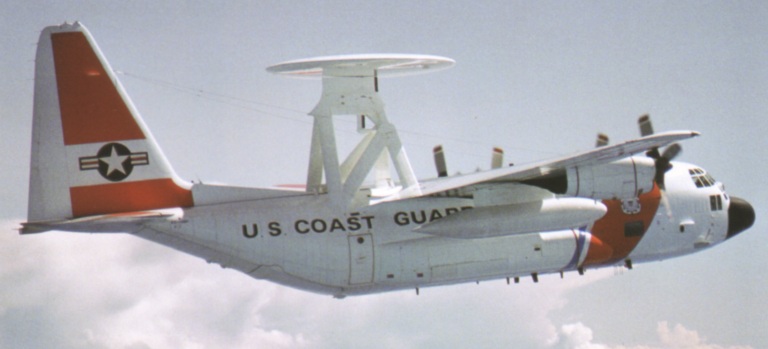
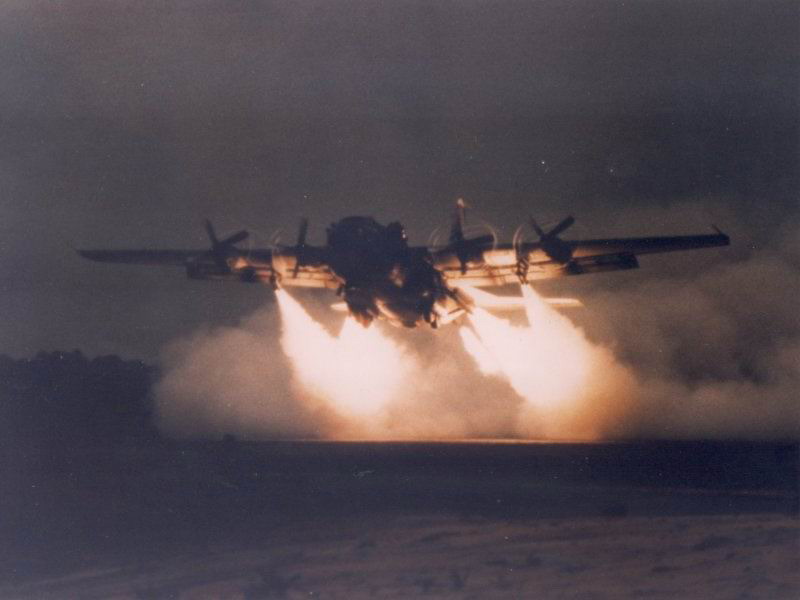
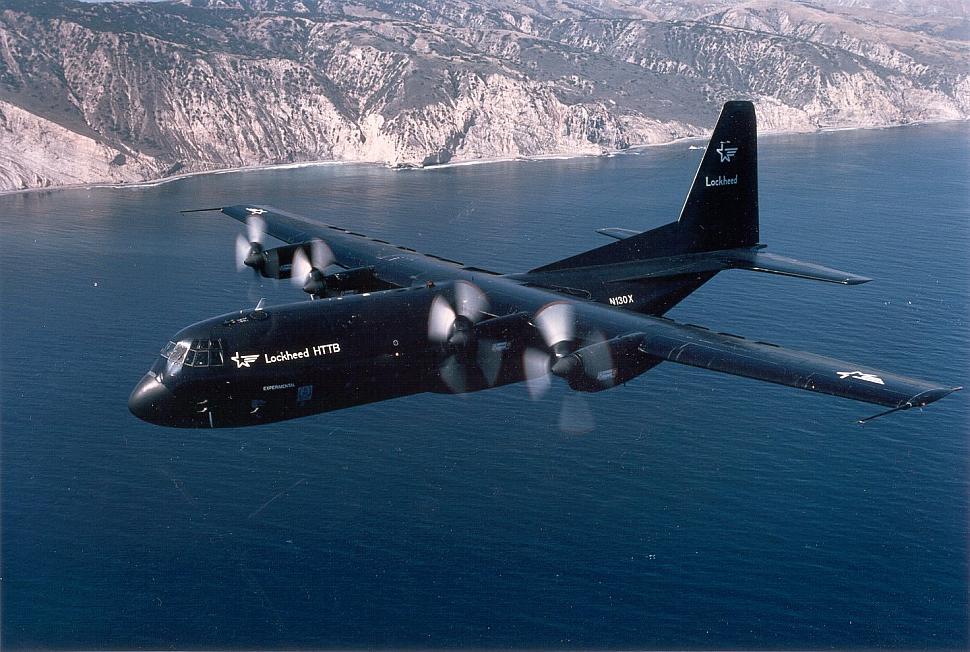
-
 1
1
-
-
20 hours ago, Clark Griswold said:
Herc will probably make it to 100...
On that idea, is there talk in the Herc community of an Next Gen Herc? I've seen this concept and it looks like it was pulled from a Lockheed presentation:
Yep, I've seen that slide in LM presentations. There are a million ideas floating around to mod existing Hercs and how to redesign it for the next iteration. Everything you can imagine modding or bolting on has been presented...and thoroughly evaluated.
The latest variant being pushed by LM is the SC-130J SeaHerc designed for Maritime Patrol/ASW/SAR missions. Think of a bigger, fatter P-3.
As for the Next Generation, assuming the basic configuration remains (straight high-aspect-ratio wing, 4 turboprops, aft ramp), here is my Top 4 in no particular order:
1. Double-slotted flaps and spoilers for improved STOL performance (add some blown lift for even more awesome).
2. Larger, more effective vertical tail with extended dorsal for improved low-speed and engine-out handling (necessary to enable 1).
3. Clean up nose and aft fuselage to reduce drag (compare to the upswept tail designs on the C-141, C-17, and C-5 to see what I mean).
4. High-energy carbon brakes with temperature monitoring to reduce TOLD limitations and cooling times in high/hot locations (I believe these are already being retrofit).
-
Air Force Magazine posted this cool photo album from Desert Storm. The Official Air Force Page on Flickr also had a larger Desert Storm album...but I can't seem to find it at the moment.
http://www.airforcemag.com/Features/Pages/2016/January%202016/Desert-Storm-in-25-Photos.aspx
-
 1
1
-
-
14 minutes ago, Champ Kind said:
Are you taking to AMC at all to get it available across the community?
Also, will it be available to download from DISA on MDM EFBs?
I have been in touch with a couple of people at AMC, but it is very early stages. If they decide to procure, the plan would be to deploy to MDM EFBs.
-
Thread bump to report that our C-130J preTOLD app has been approved by Lockheed Martin and is now available. It is the only TOLD calculator validated against Mission Computer TOLD and approved by Lockheed Martin for mission planning. It includes brake energy/cooling times and implements mitigations from tech pub supplements along with all other MC TOLD functions. Due to export restrictions, you won't find it on the Public App Store, but we are offering directly to operators at the Squadron, Wing, and MAJCOM levels through Apple's Volume Purchase Program (VPP).
Please check our website for more details and screenshots.
If you are interested in a demo, please PM me or contact me through our website. I can also offer 30-day trials of the full-featured app to individual users. I am eager to hear your feedback and more than happy to answer any general questions on this thread.
-
On 1/9/2016 at 0:08 AM, Clark Griswold said:
Ditto
There is a cool factor and nostalgia that I love too. Not to stretch logic and credibility but there is an argument to be made (sorta) for a modern seaplane for Coast Guard missions (SAR, LR maritime patrol, etc.) but given to state of acquisition / development I imagine the requirements inflation monster would push it thru FL450 in development cost even if you took an old but proven design and adapted proven systems to it or vice versa, of course this is just me pontificating on what only appears to be be straightforward and easy... yeah, just slap some J model motors on, glass up front, it all work no problem... still as a taxpayer I'm for it...
If you want to get funding, it has to be sexier...

-
Is the AIB report also complete? Those usually get released publicly...
Side question: any one know where USAF publishes Class A AIB reports these days? The old site hasn't been touched since April 2014.
-
-
From aviation week - http://aviationweek.com/defense/lockheed-martin-offer-converted-c-130js-maritime-patrollers
The article requires free registration. So excerpts from the article:
Lockheed Martin To Offer Converted C-130Js As Maritime Patrollers
" RNAS YEOVILTON, U.K. — Lockheed Martin is to offer a U.K-specific variant of its SC-130J Sea Hercules to Britain, as the U.K. looks to re-generate a maritime patrol capability."
"The company says it could convert the U.K. Royal Air Force’s existing fleet of C-130J airlifters into SC-130Js, reducing procurement costs and technical risks, company officials told Aviation Week on the eve of the RNAS Yeovilton Air Day."
"The company plans to formally announce its plans in the coming weeks. If selected, the British Sea Hercules’ would be fitted with the same mission system fitted to the Royal Navy’s AgustaWestland EH101 Merlin Mk. 2 helicopters, which were upgraded by Lockheed Martin as part of the U.K. defense ministry’s Merlin Capability Sustainment Program. Currently the Sea Herc is being offered to international customers with Lockheed’s Artamis mission system, which was developed for use on the P-3 Orion."
I think the Herc may actually outlast the B-52...
It's got a brochure and everything!
http://lockheedmartin.com/us/products/c130/c-130j-variants/sc-130j.html


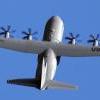
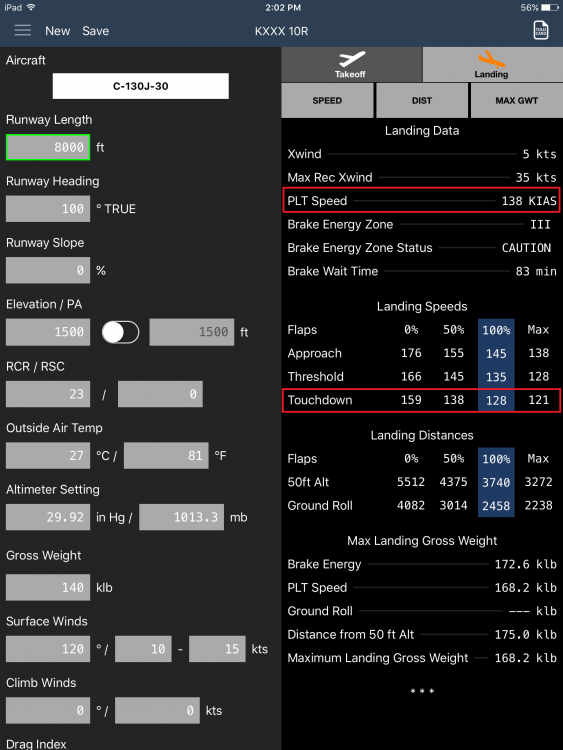
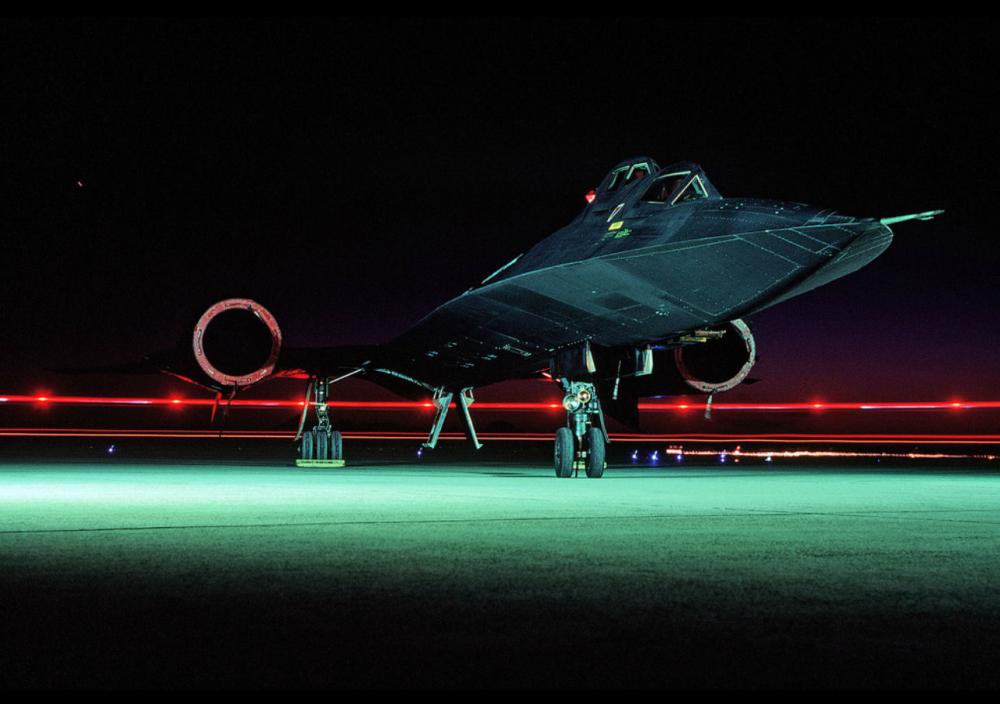
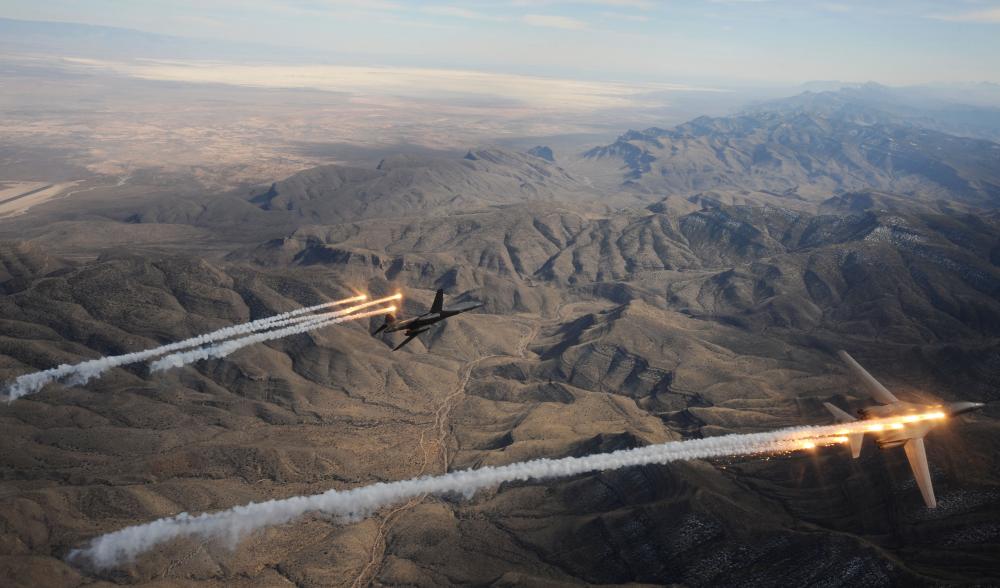
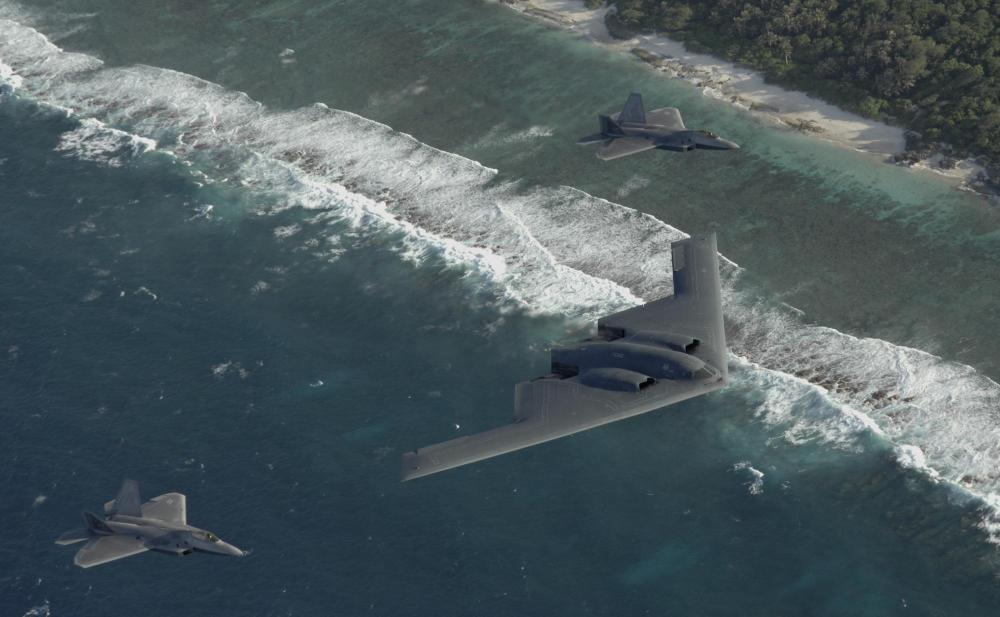
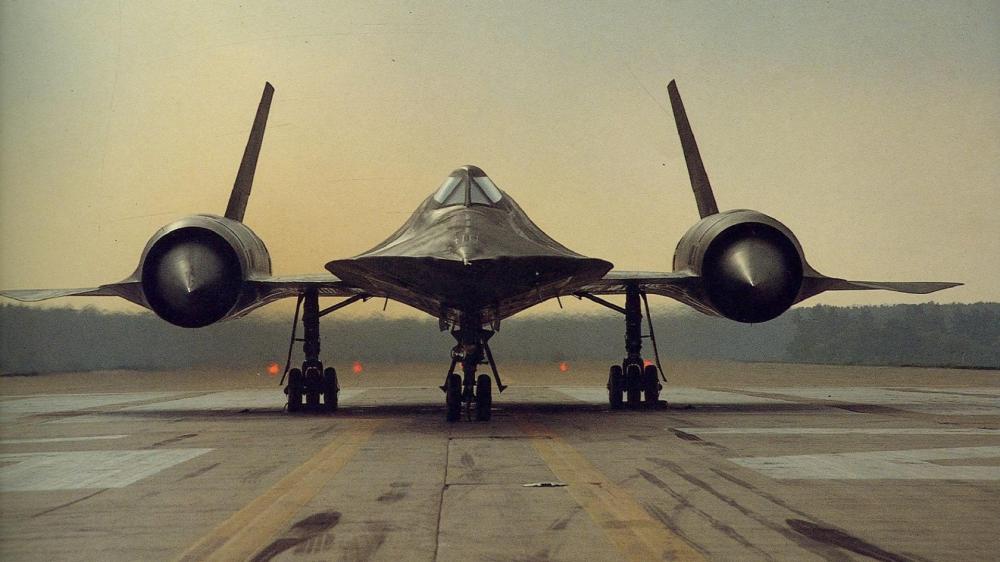
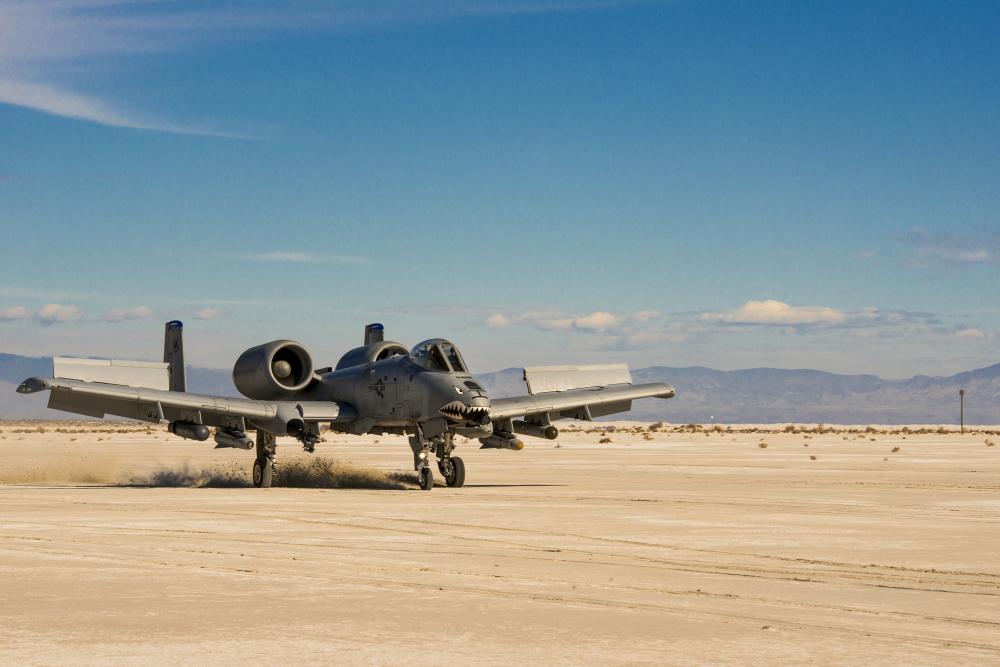
C-130 TOLD Calculator
in General Discussion
Posted · Edited by HerkPerfMan
embed video
I have distributed several 30-day trials of C-130J preTOLD for iPad and received very positive reviews - is anyone else interested in trying it out and introducing it around your squadron? If so, please sign up here. For now, I can only offer the trial to U.S. persons currently located within the U.S. But any others interested can view our demonstration video.